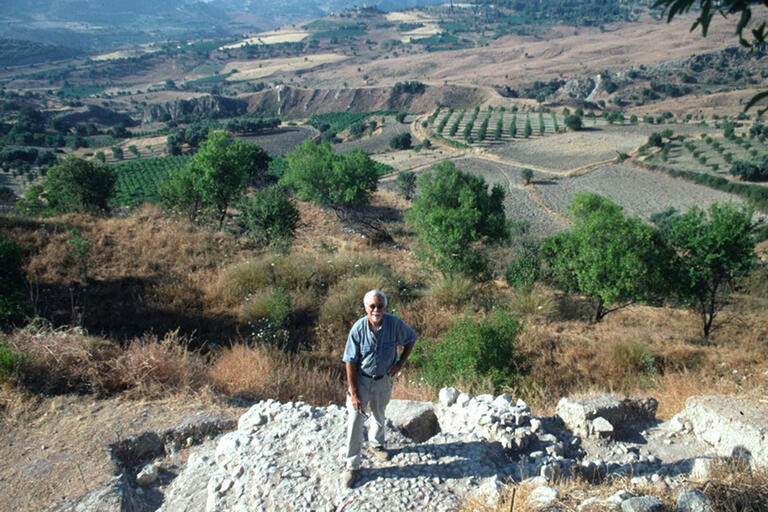Alan Simmons
Biography
Alan H. Simmons is a distinguished professor of anthropology in the Department of Anthropology.
He has worked extensively in Cyprus, the Near East, the American Southwest, and elsewhere, focusing on Neolithic sites ranging from ‘‘mega-sites’’ in Jordan to smaller villages and non-residential artifact scatters. He is particularly interested in the colonization of the Mediterranean islands, the spread of the Neolithic, the interpretation of small sites, archaeological ethics, and the illegal antiquities trade.
He is the author of numerous publications, including a 1999 Kluwer/Plenum book, Faunal Extinction in an Island Society: Pygmy Hippopotamus Hunters of Cyprus; an award-winning 2007 University of Arizona book, The Neolithic Revolution in the Near East—Transforming the Human Landscape; and a 2014 Reader’s Choice book, Stone Age Sailors.
Education
- B.A., Anthropology, University of Colorado
- M.A., Anthropology, University of Toronto
- M.A., Anthropology, Southern Methodist University
- Ph.D., Anthropology, Southern Methodist University
Search For Other Experts On
historyAlan Simmons In The News
Articles Featuring Alan Simmons

Newsmakers 2018: Research
In 2018, faculty and students collaborated with one another and international colleagues on scientific exploration that sought to help people make sense of themselves and the world around them.

A Career Marked by Serendipity and Pygmy Hippos
Archaeologist Alan Simmons retires after 25 years of bringing the depth of time and big perspective to UNLV.

Ancient Cultures In Arid Lands
Anthropology professor Alan Simmons explores how the social and economic changes that occurred 10,000 years ago in the Middle East forever altered the human experience
